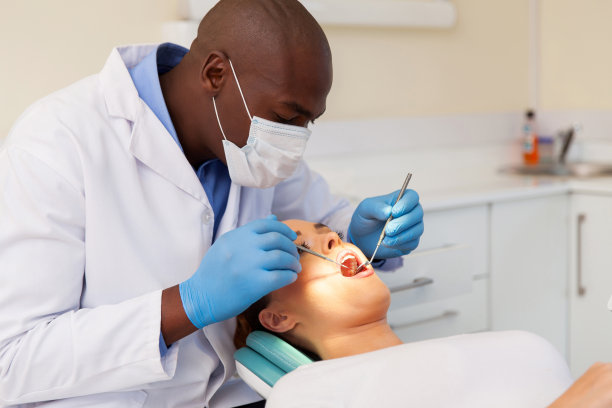The Essential Guide to Extracting a Tooth What You Need to Know Before Your Dental Procedure
Summary: The extraction of a tooth is a significant dental procedure that can evoke both apprehension and relief in patients. This comprehensive guide delves into the essential aspects of tooth extraction, covering the reasons behind the necessity for the procedure, the preparation involved, the procedure itself, and post-extraction care. Understanding what to expect can ease anxiety and promote a smoother experience, ensuring that patients approach dental extractions armed with knowledge and confidence. From initial consultations to postoperative care, this guide provides an informative overview for those faced with the need for tooth extraction, ultimately helping to demystify the process and promote dental health.
1. Understanding the Reasons for Tooth Extraction

Tooth extraction is often deemed necessary for various reasons, ranging from advanced decay to orthodontic needs. The most common reason is dental decay, where a tooth becomes too damaged to be repaired. In such cases, extraction might be the only viable solution to alleviate pain and prevent infection from spreading to neighboring teeth.
Another frequent reason for extraction involves overcrowding. Many people seek orthodontic treatment to align their teeth, and extraction may be required to create space in the mouth for proper alignment. This is especially common among teenagers whose jaws may not be able to accommodate all their teeth due to genetic factors.
Lastly, wisdom teeth often require extraction due to their potential to cause issues, such as impaction or infection. As the last set of molars, they often do not have enough space to grow, leading to complications that necessitate their removal. Understanding these reasons can help patients recognize the importance of addressing dental issues promptly.
2. Preparing for Your Dental Procedure
Preparation for a tooth extraction begins with a thorough consultation with your dentist. During this visit, your dentist will evaluate your dental health and determine the best course of action. It’s crucial to provide a complete medical history, including any medications or allergies, as these can influence the procedure and postoperative recovery.
Additionally, patients may be required to undergo X-rays to help the dentist visualize the tooth and surrounding structures. These images are vital for pinpointing the exact nature of the extraction and for planning the procedure effectively. Knowing what type of extraction is necessary—simple or surgical—can also guide patients in their preparation.
Finally, pre-operative instructions must be followed closely. This may include dietary restrictions, especially if anesthesia is involved. Patients are often advised to avoid eating or drinking for a certain period before the procedure, ensuring a smooth process on the day of extraction.
3. The Tooth Extraction Procedure Explained
The tooth extraction procedure itself can vary depending on the complexity of the extraction. For a simple extraction, where the tooth is visible and accessible, the dentist will numb the area around the tooth using local anesthesia. This process typically begins with the dentist gently rocking the tooth back and forth to loosen it before using specialized tools to remove it.
Surgical extractions, on the other hand, are more complex and may require sedation or general anesthesia. This type of procedure is often needed for impacted teeth or when a tooth has broken below the gum line. In surgical extractions, the dentist may need to cut through gum tissue and possibly bone to extract the tooth safely.
Throughout the procedure, the dental team will monitor the patient’s comfort levels and vital signs. It’s essential to communicate any discomfort experienced during the extraction so adjustments can be made to ensure a more pleasant experience.
4. Post-Extraction Care Tips
After a tooth extraction, proper care is crucial for a smooth recovery. Patients often experience swelling and discomfort, which can be managed with prescribed pain medications and cold compresses. Resting for the first 24 hours post-procedure is advisable to allow the body to begin healing.
Moreover, patients should adhere to dietary recommendations to facilitate recovery. Soft foods are encouraged, while hard or chewy foods should be avoided to prevent dislodging the clot that forms in the extraction site. Staying hydrated is also important, but using straws is discouraged, as the suction can dislodge the healing clot.
Lastly, keep an eye on the extraction site for signs of infection, such as increased swelling or persistent pain. Follow-up visits with the dentist are crucial to ensure proper healing and address any concerns that may arise during recovery.
Summary:
Preparing for a tooth extraction involves understanding the reasons for the procedure and following essential pre-operative instructions. Comprehending the extraction procedure itself can ease anxiety and facilitate a smoother experience for patients. Post-operative care is vital for recovery, ensuring patients have the knowledge to manage any discomfort efficiently.
This article is compiled by Vickong Dental and the content is for reference only.



